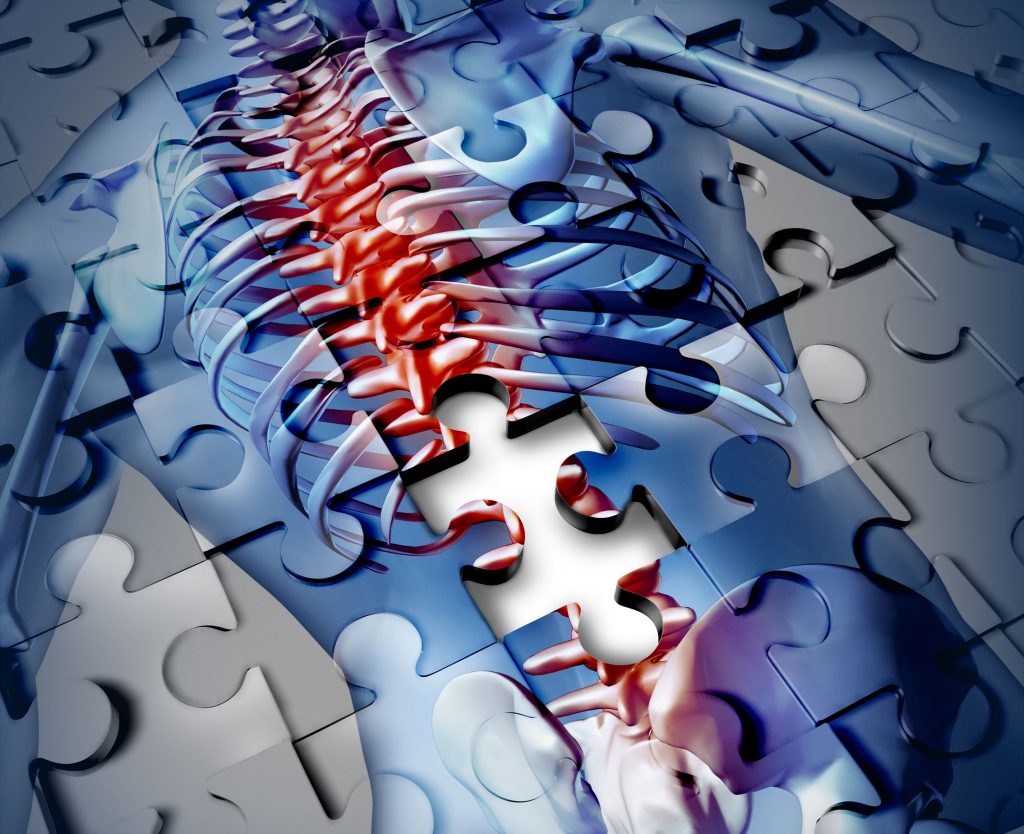Mid-back (or T-spine) mobility drills are one of those things that, much like bacon, Jason Bourne movies, or LOLCat memes, most people just can’t get enough of.

At this point I don’t think I need to belabor why t-spine mobility is a kind of important. But if I had to give a quick 10-second elevator pitch I’d say something to the effect of:
“It helps improve performance in sport(s) and in the gym, helps with posture, and also helps offset the likelihood of your shoulder, neck, or lower back from flipping you the middle finger.”
You’re not going to find that explanation on Wikipedia or anything, but it gets the point across. Having the requisite mid-back mobility – 0r, more to the point: having the ability to “access” mid-back or T-spine mobility (via rotation and eliciting an extension moment) as well as nudging more dynamic stabilization – keeps people healthy (namely shoulders and lower back) and not feeling like a bag of dicks.
Note to Self: I totally need to start submitting more often to Wikipedia.
There are a million and one different T-spine mobility drills and rarely is there ever a “bad” one. However, the three shown below tend to be the ones I gravitate towards the most when working with athletes and general fitness population clients alike.
1. Mid-Back Release
A common drill many people perform to improve T-spine mobility (more specifically, extension), especially when they’re more kyphotic and exhibit overly rounded shoulders, is to extend their mid-back over a foam roller.
First: Most people perform it poorly (see below).
Second: We’ve fallen into this trap of oneupmanship where the “harder” the surface the better the drill is.
Is it better?
Ten years ago it was a plain ol’ foam roller. Now people are rolling on lead pipes. Before you know it, the next iteration will be rolling on live grenades.
Regardless, Here’s How Not to Do It.
The mid-back area isn’t necessarily designed to have that much range of motion – to the point where someone can extend their shoulders all the way to the ground – and what most people end up doing is exhibiting excessive rib flair and plowing through their lumbar spine (where we don’t want a ton of movement).
The end result is nothing more than “feeding” what’s causing the issue(s) in first place: an un-stable core (lumbo-pelvic area) which forces the mid-back to lock-up for lack of stability where you want it.
Do This Instead (Seriously, I’m Not Kidding)
This mid-back release from the people over at AcuMobility.com is a game-changer.
The idea is to train STABILITY (by paying diligent attention to engaging and maintaining core activation) while also working on the areas we actually want to mobilize.
This drill is a catch-all for pretty much everyone: male, female, young, old, likes to deadlifts, hates it, office worker, Klingon….seriously, everyone.
It works – albeit for different reasons – whether you’re a computer guy with Quasimodo posture or someone who’s more athletic and exhibits more of a “flat” t-spine.
Computer Guy = the added extension is postural gold.
Opposite of Computer Guy = these people tend to be “stuck” in extension due to over-active erectors, rhomboids, etc from lifting heavy things repeatedly. Also, much like “computer guy” most people here will exhibit a weak or unstable core, which, for many, may be the culprit for why their mobility is poor to begin with.
The lack of base of support in the lumbo-pelvic region will have negative ramifications in terms of ideal positioning up and down the kinetic chain, and one’s ability to produce and transfer force.
When we dial down tonicity in the mid-back, we’re able to exhibit better positions (rectus abdominus less lengthened and rib flair less prevalent) and we’re then able to express our actual badassery.
I really love the content and material AcuMobility has been putting out over the past year. You can watch ALL their videos for free on their site HERE.
It’s awesome stuff.
Also, because I’m cool, you can get 10% off any AcuMobility orders by using the code “gentilcore” (no quotations needed) at checkout HERE.
2. Side Lying Windmill
It…..just…..feels…..so…..good.
Lots of cool things happening here: T-spine extension & rotation, in addition to a nice pec stretch (which is often overactive in many people).
A key point, however, is to make sure you’re not just flailing your arm and making it a shoulder circle thingamabobber exercise.
The motion should come for the scapulae (shoulder blade) itself, so don’t force ROM you don’t have. It’s okay if you’re unable to get close to the floor.1
The more you perform this exercise the better you’ll get
Also:
1. Place a foam roller underneath the top knee (at 90 degrees) so you lock the lumbar spine in place and don’t default into lumbar rotation.
2. Squeeze the glute of the leg that’s straight.
An exercise sibling – if you will – of the side-lying windmill is a variation I learned from Dr. John Rusin:
Side Lying Open Book
3. Quadruped Reach Through and Extension
I like this drill for a lot of people, but I really like it for rotational athletes (especially pitchers as it’s important for them to be able to follow-through and “access” flexion on their throwing side).
A key aspect of this drill is to sit back onto the calves/ankles (if your mobility allows and it doesn’t bother your knees) and to lock the lumbar spine in place and take it out of the equation.
From there it’s pretty self-explanatory:
1. Slide hand underneath and reach through as you exhale your air.
2. Reverse the action and extend back.
3. I tend to default to more of a “rib-roll” action as I feel it’s allows for less cheating and compensation.
Give these bad-boys a try and let me know what you think. Or, if not, I guess I’ll GFM….;o)



